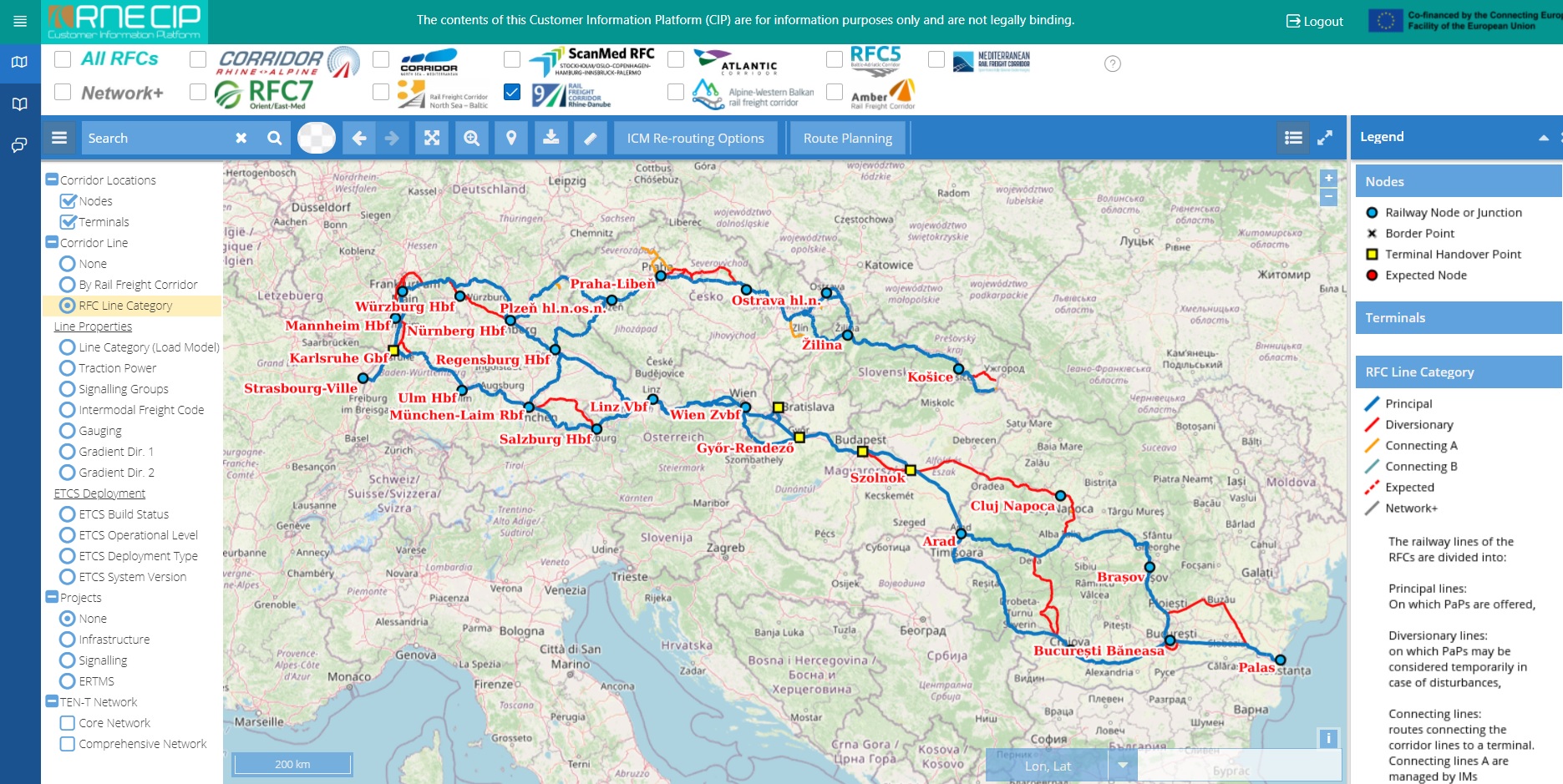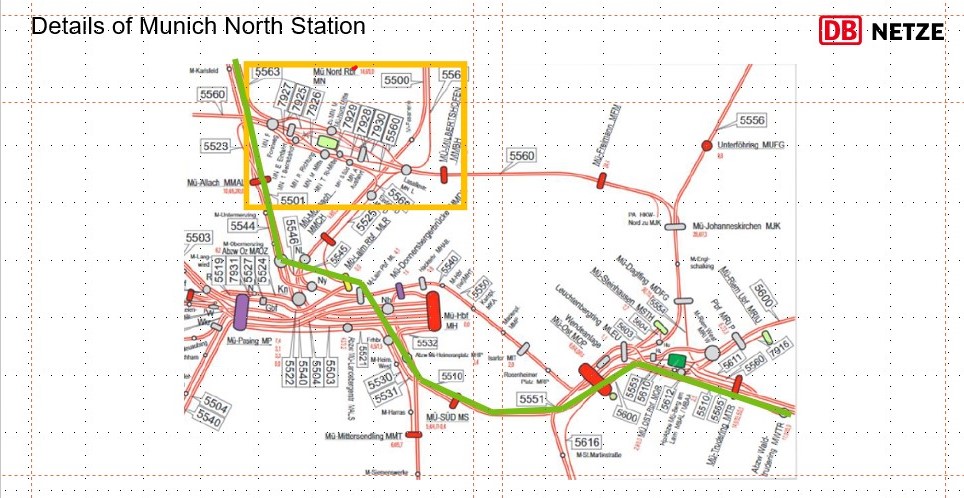The Rail Freight Corridors, in close cooperation with RNE (Rail Net Europe), are pleased to provide you information on a number of PCS trainings scheduled in early 2021.
RFC Group 1: jointly organized by RFC North Sea-Med, Atlantic, Mediterranean, and North Sea-Baltic
RFC Group 2: jointly organized by RFC Baltic-Adriatic, Orient/East-Med, North Sea-Baltic, Rhine-Danube, Alpine-Western Balkan, and Amber
RFC Group 3: jointly organized by RFC Rhine-Alpine, North Sea-Med, Scan-Med RFC, and North Sea-Baltic
Our annual training focuses on the corridor specific functions in PCS, and provides you with valuable, practical insights needed for requesting Capacity on the Rail Freight Corridors for timetable 2022.
Moreover, the training enhances your knowledge by introducing you to (new) features and functions in PCS in general; informing you about the news for TT2022 and giving you the chance to practice live with individual and corridor-specific exercises.
Providing flexibility due the increased options of online meetings, several trainings are offered with the same title where the sessions will be equal. If you would like to participate to one or several of the trainings, please register under one (or more) of the following links:
15th February, 09:00-11:00 via MS Teams, General RNE training for beginner users (register)
15th February, 14:00-16:00 via MS Teams, General RNE training for advanced users (register)
16th February, 09:00-11:00 via MS Teams, RFC-specific training held by Group 2 (see information on RFC groups above) (register)
16th February, 11:00-13:00 via MS Teams, General RNE training for beginner users (register)
16th February, 14:00-16:00 via MS Teams, RFC-specific training held by Group 1 (register)
17th February, 11:00-13:00 via MS Teams, RFC-specific training held by Group 3 (register)
17th February, 09:00-11:00 via MS Teams, General RNE training for advanced users (register)
17th February, 11:00-13:00 via MS Teams, RFC-specific training held by Group 2 (register)
18th February, 09:00-11:00 via MS Teams, RFC-specific training held by Group 1 (register)
18th February, 14:00-16:00 via MS Teams, RFC-specific training held by Group 3 (register)
19th February, 09:00-11:00 via MS Teams, RFC-specific training held by Group 2 (register)



